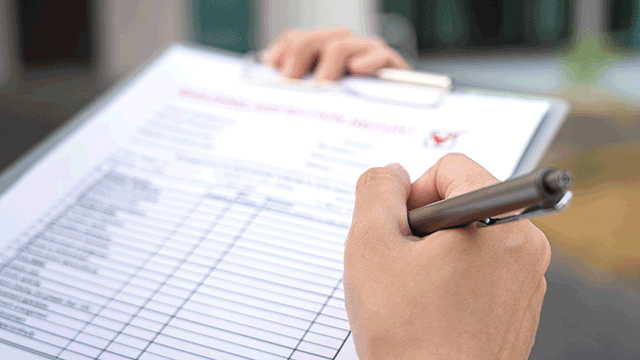The Building Safety Levy is a key component of the UK government’s Remediation Acceleration Plan, aimed at expediting the remediation of building safety defects.
The government has now published the levy rates and responded to the outstanding technical consultation, allowing developers to incorporate the levy into their viability assessments. A discounted levy rate of 50% will apply to developments on previously developed land, also known as brownfield land.
Initially set to launch in Autumn 2025, the introduction of the levy has been postponed to Autumn 2026. Despite the delay, the scope, collection and enforcement of the levy remain unchanged from previous consultations, presenting several complications that may not be resolved merely by giving stakeholders more time to prepare.
A recap
The levy aims to raise approximately £3bn over 10 years to fund the remediation of historic building safety defects. It applies to most new buildings in England requiring building control approval, including mixed-use and low-rise developments. The government has confirmed that build-to-rent, private older people’s housing and purpose-built student accommodation will all be subject to the levy.
Certain community facilities and types of communal accommodation are exempt from the levy to avoid deterring their development. These exemptions include affordable housing, non-social homes built by not-for-profit registered providers, NHS hospitals, care homes, supported housing, children’s homes, domestic abuse shelters, accommodation for armed services personnel, criminal justice accommodation and developments of fewer than 10 units.
The levy rate will be based on the floorspace of the residential element of chargeable developments, measured by the gross internal area. If a development includes both chargeable and exempt accommodation, the levy will be reduced proportionally to the exempt floor area.
Local authorities are responsible for calculating and collecting the levy, even if they are not responsible for building control on a development. Registered building control approvers and the Building Safety Regulator will not collect levy payments but will pass information to local authorities to ensure smooth levy collection. If the levy is unpaid, final certification of the development will be withheld or rejected.
Threatening viability
The introduction of the levy is likely to affect the viability of developments, especially those near the viability threshold. This impact may not be mitigated by differential rates based on local house prices or the 50% reduced rate for previously developed land.
In the short term, this could lead to delays or abandonment of schemes close to the viability threshold. In the longer term, developers may seek to improve viability by:
Negotiating lower section 106 contributions, potentially reducing the pipeline of affordable housing.
Seeking to reduce their community infrastructure levy charge to account for the levy cost, possibly leading to less funding for infrastructure, and/or increasing the density of developments.
Adverse impact on BTR
BTR developments may be particularly affected since the levy is due on completion, whereas BTR developments typically generate profit over a longer period post-completion.
Calculating chargeable floorspace using GIA will disproportionately impact developments with a higher proportion of communal space, such as flats, BTR properties and integrated retirement communities. These communal spaces are integral to the business model but are not income-generating, leading to arguments that they should be excluded from the levy charge.
The government has confirmed that communal areas will be subject to the levy charge, as they contribute to the building’s value by benefiting occupants. Where communal space is shared between chargeable and exempt areas, a proportion of that space equivalent to the exempt areas will also be exempt from the levy. This analysis is likely to apply to mixed-use developments where communal space is shared by residential and commercial occupiers.
The design of BTR developments may also be affected by the inclusion of communal space in levy calculations. Amenity areas are particularly valued in rental developments, and the levy cost may lead to a reduction in communal space provision.
Failure to pay
If the levy is unpaid, final certification of the development will be withheld or rejected. Local authorities collecting the levy will issue developers a notification confirming payment within two weeks of receipt.
Local authorities must ensure they can resource the levy collection and enforcement to prevent delays in building control certificates. This is particularly important for higher-risk buildings in England, where the BSR is the building control authority, so close liaison will be needed between the local authority and the BSR.
Developers will be keen to avoid certification delays by local authorities in confirming the levy charge or payment. The well-publicised resourcing shortages within the BSR and the failure to meet statutory timelines for Gateway Two and Three applications provide a warning of what may happen if local authorities and the BSR are not adequately resourced.
Both developers and local authorities need to prepare now to avoid future delay to development when the levy is introduced.
Image: © Adobe Stock
Alison Murrin is expertise counsel, Henry Moss is real estate partner and Chris Whitehouse is construction partner, all at Ashurst









